
Why do Japanese people put towels on their heads when bathing in hot springs?

The Hot Spring Bathing Culture in Japan
Japan has a long-standing tradition of hot spring bathing. An interesting detail is that when soaking in hot springs, people often place a small towel on their heads.
For the Japanese, hot spring bathing is not only a cultural tradition but also a way to relax the mind, promote blood circulation, and improve skin health, making it firmer and smoother.
The most unique aspect of this bathing practice is that people are not shy about being naked in front of strangers—and they always put a small towel on their heads. But why?
In reality, the towel is not a decoration or simply to keep the hair tidy. Its purpose is health-related.
First, the towel must be wet to help prevent cerebral hemorrhage by maintaining body temperature balance and stabilizing blood pressure, especially in cold winter when there is a big difference between the outdoor temperature and the hot spring water.
When entering the hot bath, the body immediately senses this temperature difference. Blood is quickly pumped to the head, which can lead to brain congestion or even hemorrhage. Placing a damp towel on the head helps cool it down, reducing such risks.
Moreover, soaking for a long time in hot water can cause dizziness or lightheadedness when standing up. This happens because the lower body is released from water pressure, causing blood to flow rapidly from the head to the feet. Keeping a wet towel on the head and standing up slowly helps minimize these accidents.
Therefore, in winter, when soaking in hot springs, it is essential to use a towel soaked in hot water to reduce the temperature gap and protect your body.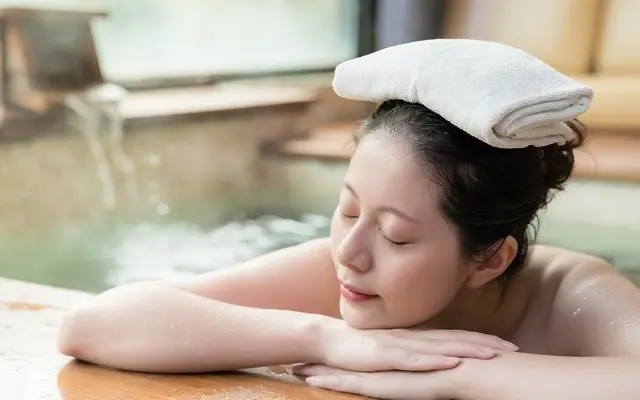
How Long Should You Stay in a Hot Spring?
Before entering the bath, you should pour some hot water from the pool over your chest and stomach to avoid thermal shock.
Hot springs can be very hot, sometimes reaching up to 45°C (113°F). For those who are not accustomed to it, the sensation may feel like burning. That’s why it’s important to enter gradually—starting from the toes, then moving up to the hips, chest, and shoulders—to ensure safety. Another important rule is to avoid immersing your body above shoulder level, as this places excessive pressure on the lungs and heart. People with cardiovascular disease or high blood pressure should be particularly cautious.
The recommended bathing duration depends on the water temperature:
-
At 43°C–45°C: soak for about 5–10 minutes per session.
-
Below 40°C: soak for about 20–30 minutes per session.
News in the same category


A Woman Hospitalized After Eating Refrigerated Watermelon

The Man with Blo.od ‘As Thick as Pork Fat’ Because of Something Many People Love

American Doctor Reveals the "3 Seeds, 2 Vegetables, 1 Meat" Best

3 benefits of old toothbrushes you must know

At 32, Already Suffering from Kid.ney and He.art Failure

Keep the Bathroom Door Open or Closed When Not in Use?

he Leaves of This Plant Are as Precious as the “Ginseng of the Poor,”

Japan Announces 5 Foods to Eat Daily

Why do elevators have mirrors? The manufacturer gives 3 reasons that surprise many people

These 5 Foods Can Wreck Your Kid.neys Faster Than Alcohol

Doctor explains why you should always shower at night instead of the morning

What Is the Black Round Hole Next to the Camera on an iPhone For?

5 Types of Pesticide-Free Vegetables as Nutritious as Ginseng
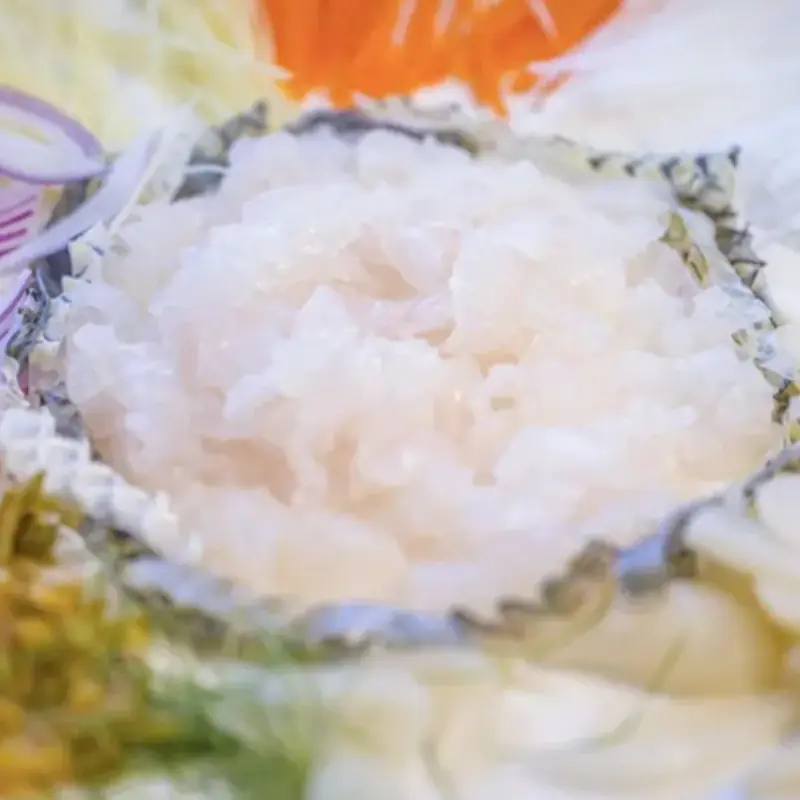
4 “ki.ll.ers” that cause cancer right in your home
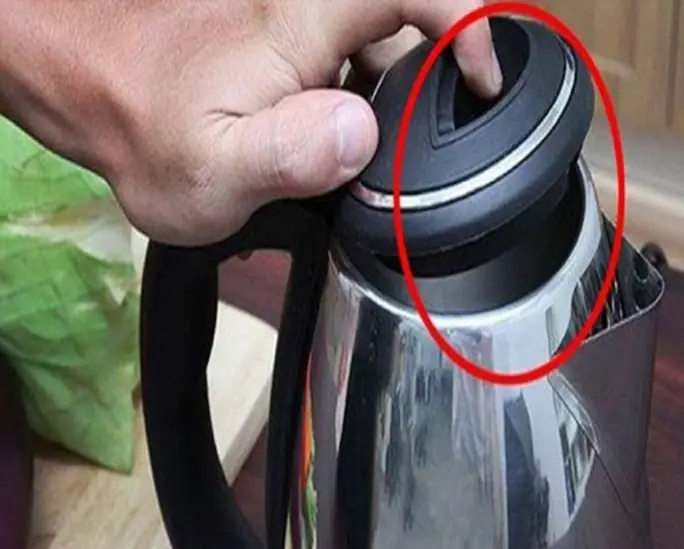
War.ning: 4 mistakes when using electric kettle every day

Why does the leaning tower of Pisa keep leaning but not falling?

Why Do Apples Look Fresh on the Outside but Have Blackened Flesh Inside?
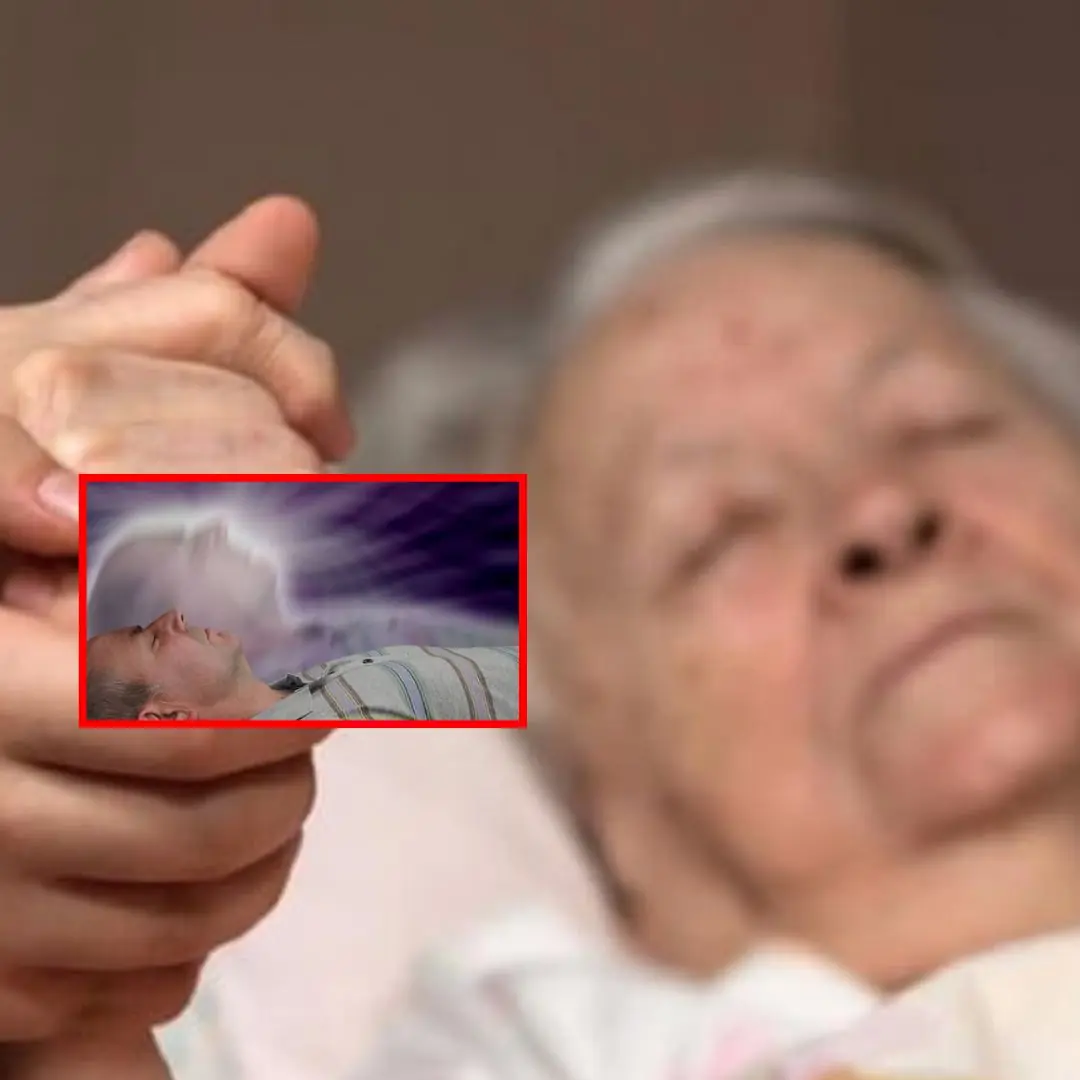
Why do old people often shed tears before they die?
News Post

4 Foods Once Branded as “Health Enemies” That Turn Out to Be Superfoods

How a baby aban.doned on a flight led to a new family and a new beginning
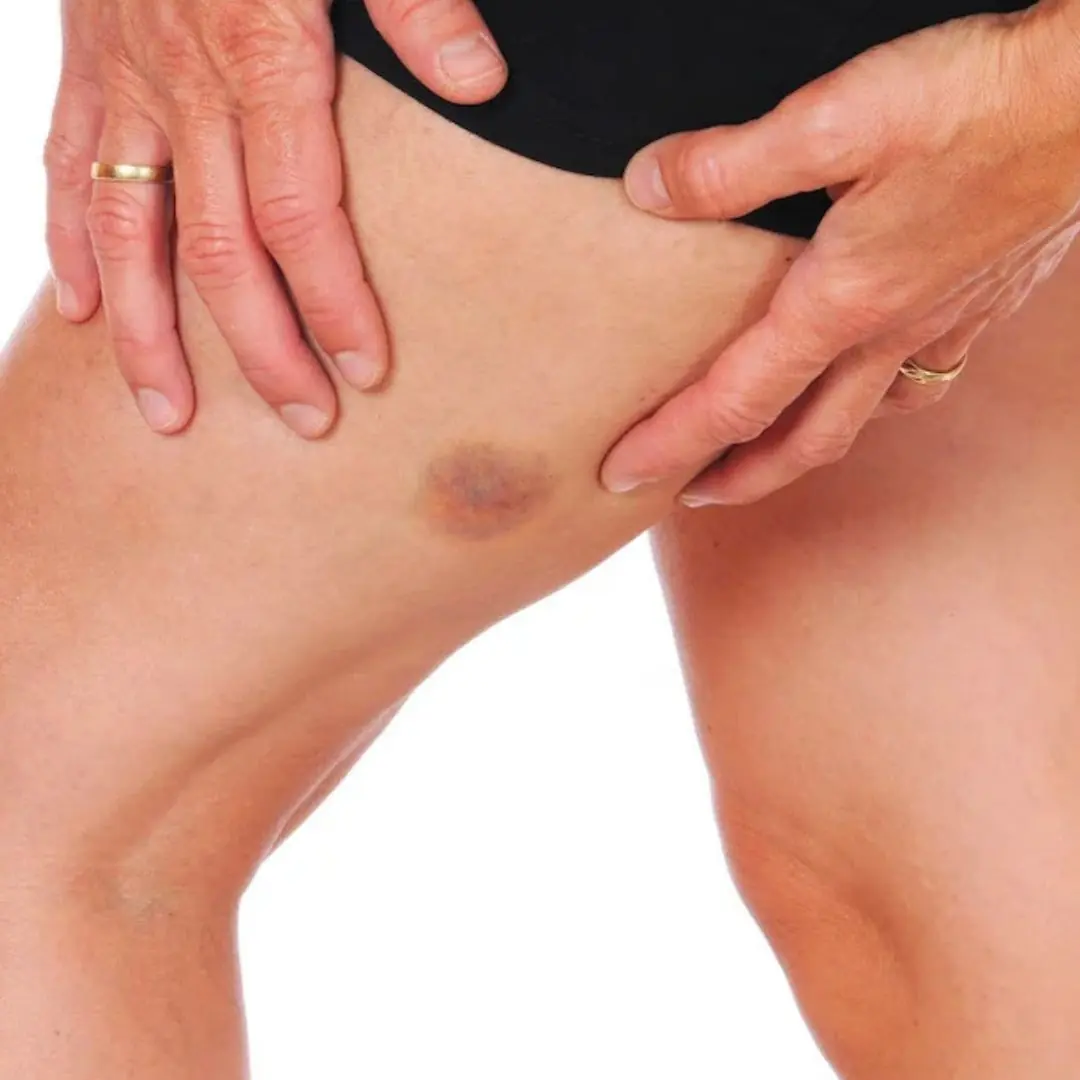
Waking up with bruises on your legs, a dangerous sign that you should not ignore

6 Types of Summer Seafood as Nutritious as Ginseng

5 Areas of the Body Turning Black May Indicate Can.cer

Do This Extra Step Before Boiling Chicken Breast for Juicy, Tender, and Not-Dry Results

A Woman Hospitalized After Eating Refrigerated Watermelon

Not for everyone: 5 groups who should be wary of bitter melon

Who needs to cut back — or stay away — from pickled vegetables?

5 Types of Garlic with High To.xin Levels That Could Cost You Your Health

The Man with Blo.od ‘As Thick as Pork Fat’ Because of Something Many People Love

Visible Green Veins in 6 Areas Could Signal Hidden Diseases
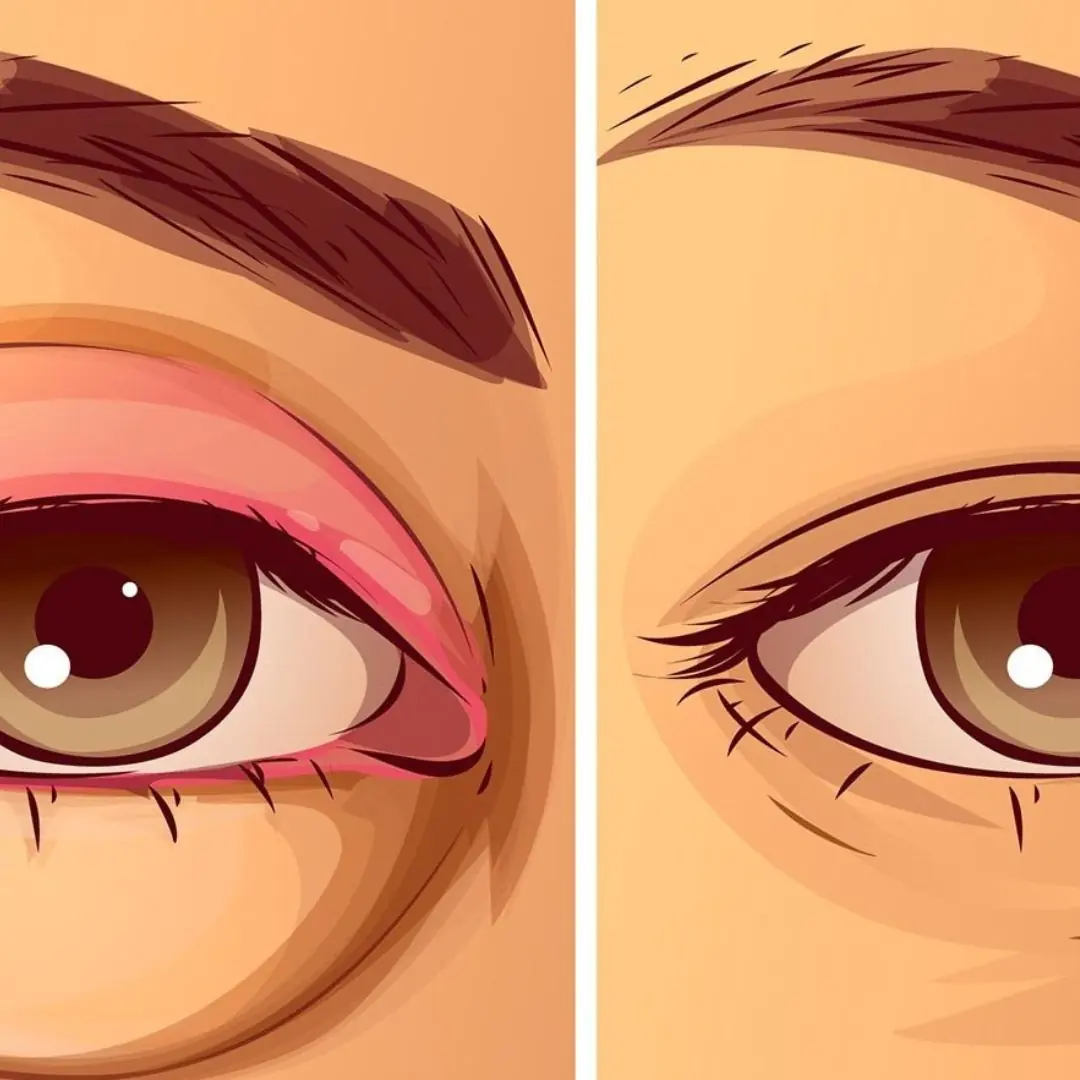
Puffy eyes when waking up: 6 causes and remedies

Be careful with the phenomenon of waking up with blurred vision

6 Nighttime Drinks That Can Ruin Your Sleep — Especially the Third One, Which Most People Drink Before Bed Without Realizing Its Hidden Dangers

American Doctor Reveals the "3 Seeds, 2 Vegetables, 1 Meat" Best

Men and women who see these 3 signs in their urine need to see a doctor for kidney failure immediately

A Woman’s Kid.ney Turned to “Stone” and Had to Be Completely Removed
